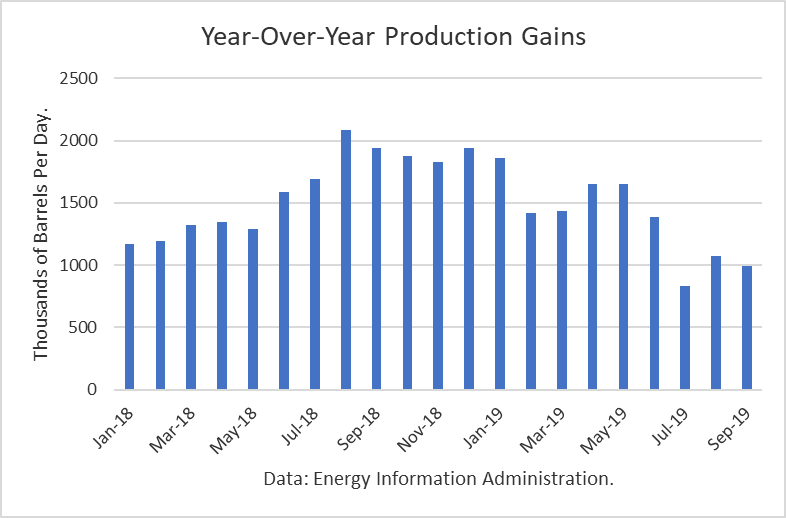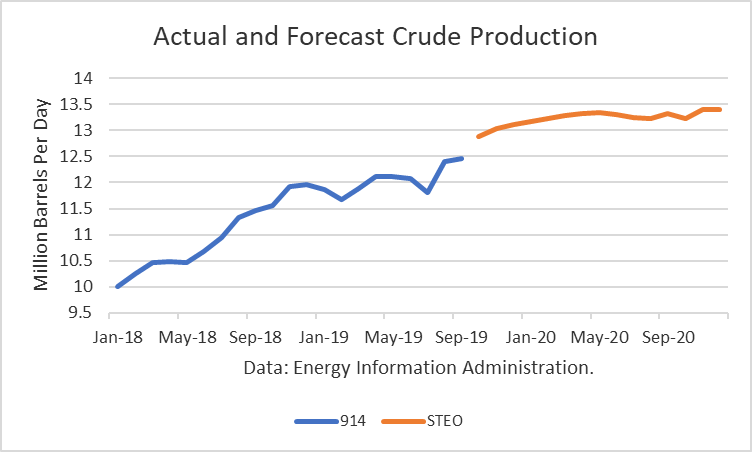The large gain in U.S. crude production in September was masked by a temporary GOM decline.
The Energy Information Administration reported that September crude oil production averaged 12.463 million barrels per day (mmbd), up 66,000 b/d from August. In addition, the August estimate was revised 33,000 b/d higher.
Texas production reached a new high of 5.227 mmbd, up 72,000 b/d from August. Other gains were 67,000 b/d in Alaska, 43,000 b/d in Oklahoma, and 21,000 b/d in New Mexico. The rebound in Alaska was due to seasonal factors. There was a 114,000 b/d drop in the Gulf of Mexico, probably due to maintenance reasons. Without that drop, the total gain would have been 180,000 b/d, a very respectable gain on top of the huge gain in August.
Plains All American Pipeline LP’s (PAA) Cactus ll pipeline was expected to ship at full capacity, 670,000 b/d, in September. EPIC Midstream’s crude oil pipeline began shipping 400,000 b/d. It is designed to ship 440,000 b/d from the Permian and another 150,000 b/d from the Eagle Ford.
Phillips 66 Partner’s Gray Oak pipeline is expected to ship an additional 900,000 b/d. It is scheduled to being shipments by year-end.
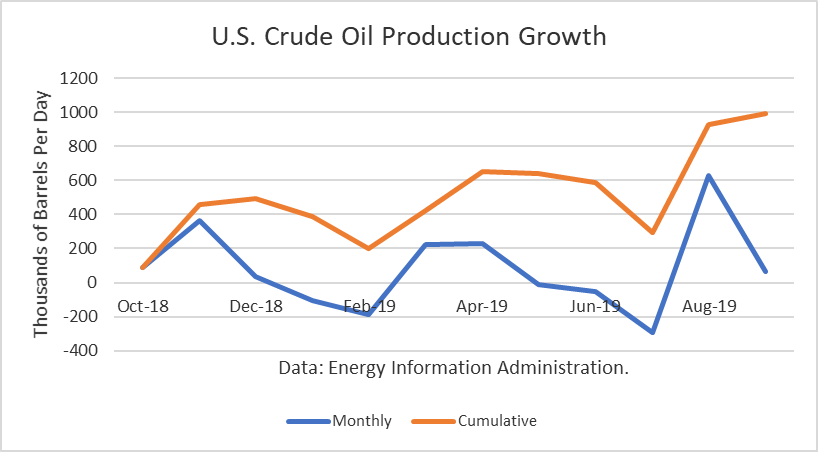
The gains from last September have amounted to 993,000 b/d. And this number only includes crude oil. Other supplies (liquids) that are part of the petroleum supply add to that. For September, that additional gain is about 250,000 b/d.
The EIA-914 Petroleum Supply Monthly (PSM) figure was 20,000 b/d higher than the weekly data reported by EIA in the Weekly Petroleum Supply Report (WPSR), averaged over the month of 12.443 mmbd.
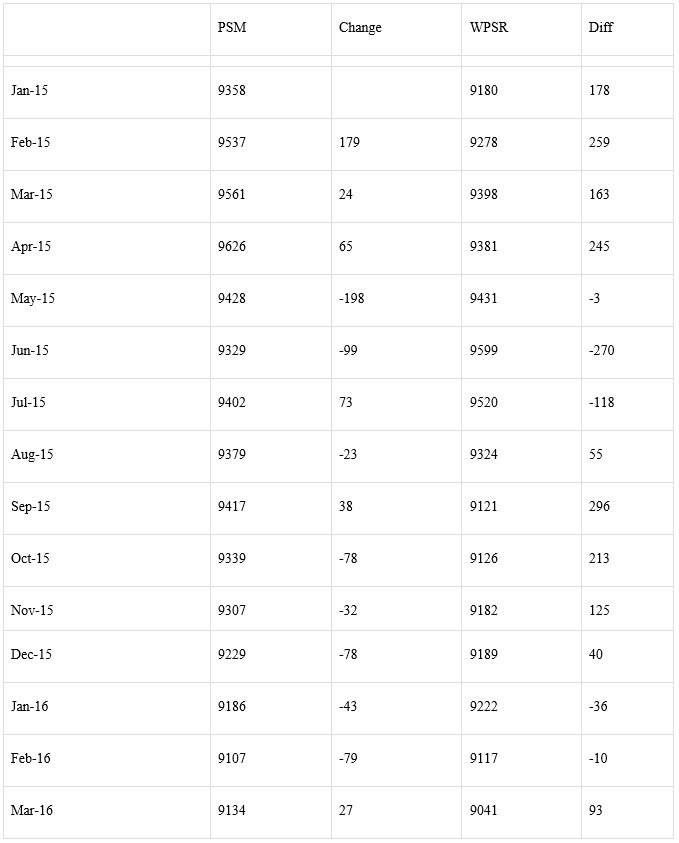
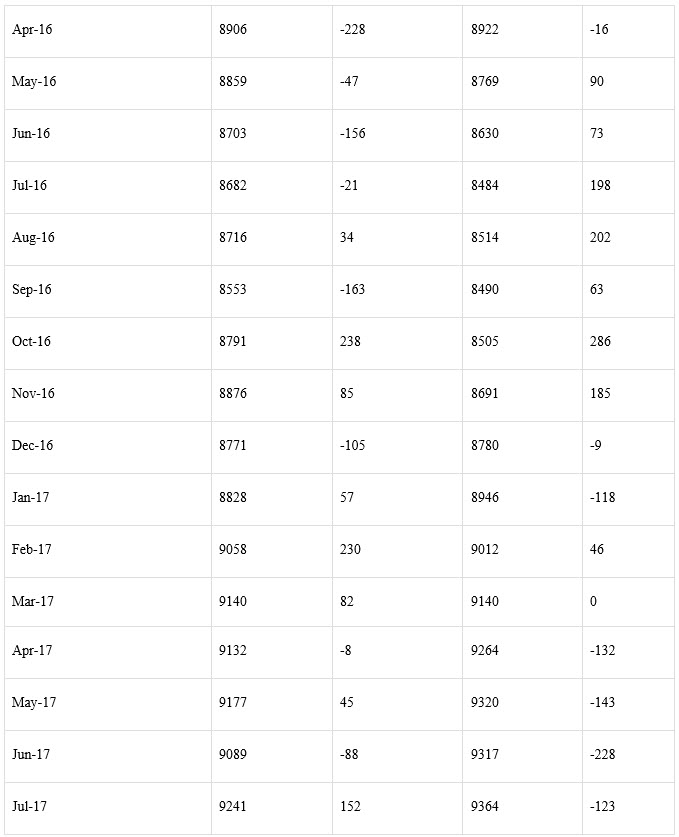
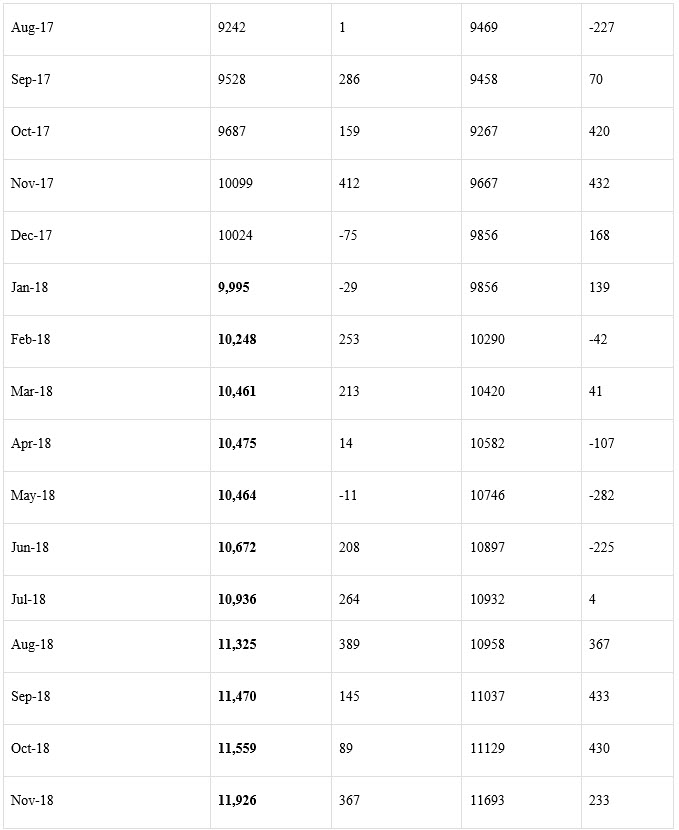

The September figure was about 120,000 b/d lower than 12.590 mmbd estimate for that month in the November Short-Term Outlook. The 114,000 b/d drop in the Gulf of Mexico accounts for almost all of that difference. And so that implies no need for another upward “rebenchmarking” to EIA’s model in future production levels at this time since the difference was not large enough to warrant it.
The EIA is projecting that 2019 production will exit the year at 13.11 mmbd. For 2020, the EIA is projecting an exit at 13.4 mmbd.
Conclusions
The temporary decline in GOM crude production masked what would have been a large gain in September. I am expecting the new pipeline takeaway capacity to push Permian production much higher in the final months of 2019. However, the gain in 2020 is now looking much more muted than in the past few years.
Check back to see my next post!
Best,
Robert Boslego
INO.com Contributor - Energies
Disclosure: This contributor does not own any stocks mentioned in this article. This article is the opinion of the contributor themselves. The above is a matter of opinion provided for general information purposes only and is not intended as investment advice. This contributor is not receiving compensation (other than from INO.com) for their opinion.

